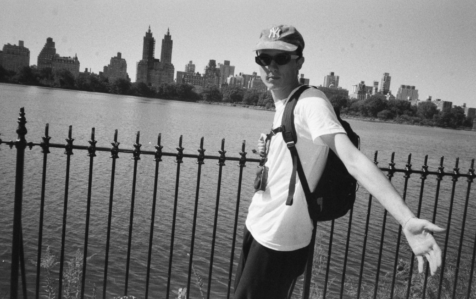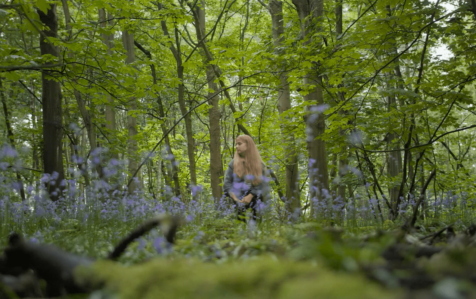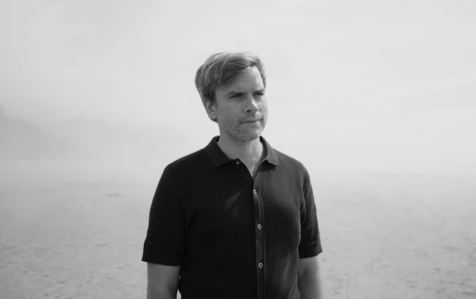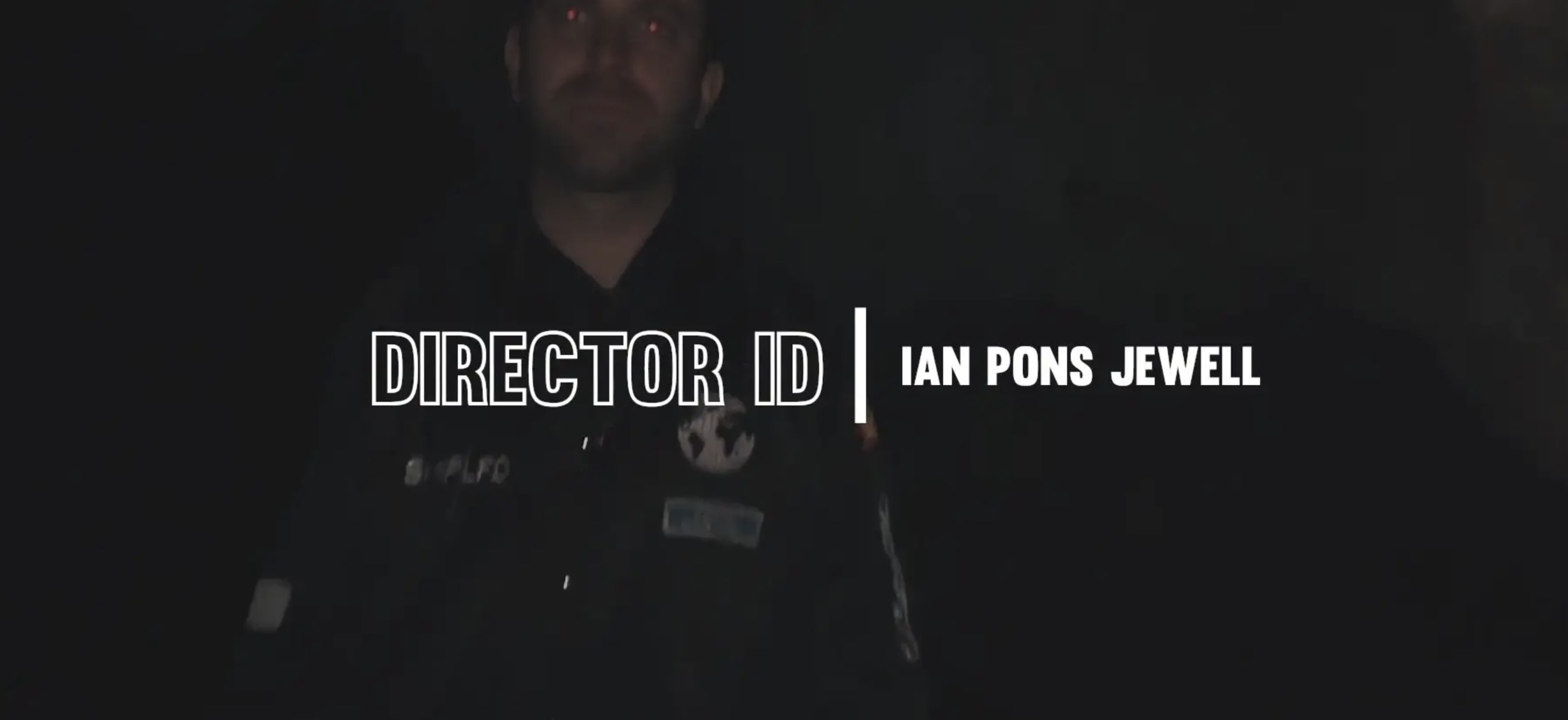We chatted to Xavier Tera about his cinematic new music video ‘Look Easy (The Short)’ for Kaytranada.
We cover photographic references, Tokyo figures, and creating universes.
Read the conversation below:
Xavier Tera & The Yakuza
Hailing from Montreal, what’s it like making films in Tokyo?
Xavier Tera: There’s only a small foreign industry here, there’s obviously a heavy, big Japanese industry. It’s been very interesting because I feel like I arrived at a very precise time when Japan had just started opening up to the world in some ways.
Tell me more about Luli.
XT: Luli is a very interesting character. She used to manage big clubs in Tokyo. Now, she owns this restaurant called The Breakfast Club in Nakemeguro, where all the cool kids, artists, DJs from all over the place come and go. They all know Luli. She’s this figure in Tokyo, a true kind of ‘Mama’, and we really, truly love her, and she represents the city. I couldn’t have done it without her.
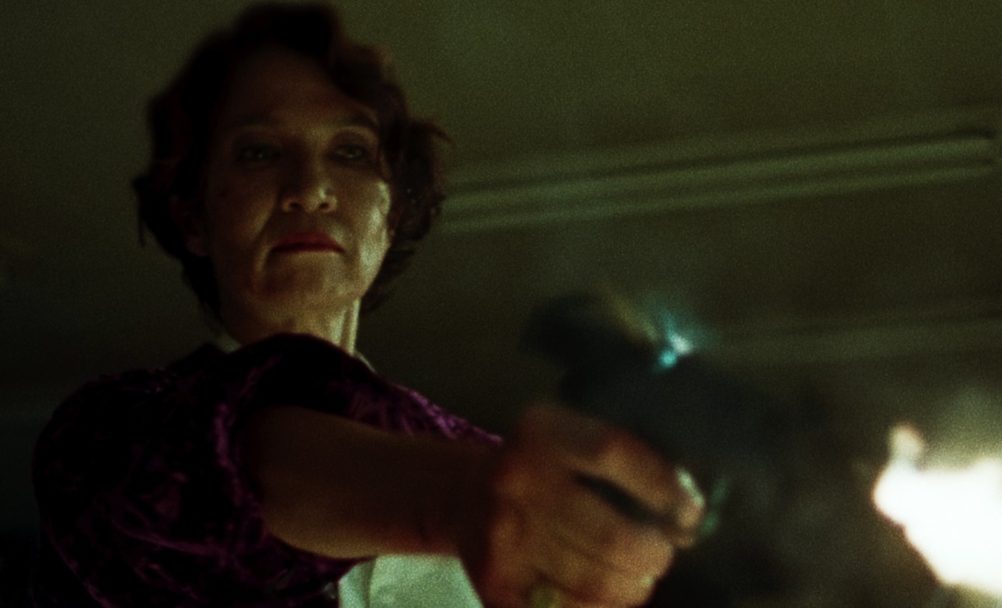
Luli – ‘Look Easy’ Kaytranada
Oh, and she also did one of the voices in ‘Isle of Dogs’ by Wes Anderson.
It feels very authentic to the ‘Yakuza’ motion-picture style. How did you pull research for this, were there any key references?
XT: The main references were from Takeshi Kitano, especially ‘Brother’, which is a film shot in Los Angeles, in 1999 or 2000. Another reference was ‘Hana-bi’, I guess, and ‘Sonatine’ was another.
‘Brother’ was the biggest one, for our direction.

There are tons of little details in the film that only Japanese people will pick up on, this was very important to me.
XT: There are tons of little details in the film that only Japanese people will pick up on, this was very important to me. One of them being, Yakuza usually wear a pin under their suits, and the pin in the music video is a hand with a vinyl to reference Kaytra.
Also in the office, are two Kanji signs in the background. In Japanese, it reads like KAYE TORA, which sounds like Kaytra. It translates as ‘Gracious Tiger’.
I did a lot of research of 90s Japanese photographers for style, to get the sense of the style in the club, the sense of the Yakuza’s style.
Could you name any in particular?
XT: One of them was Daido Moriyama who was a big photographer in the 90s, and also Katsumi Watanabe, who shot Shinjuku extensively in this era. The costume for the driver was based on a picture from Haruto Hoshi, also taken in that era. A lot of street photography of clubs and nightlife. The key reference for the club scene was from Michael Mann’s ‘Collateral’.
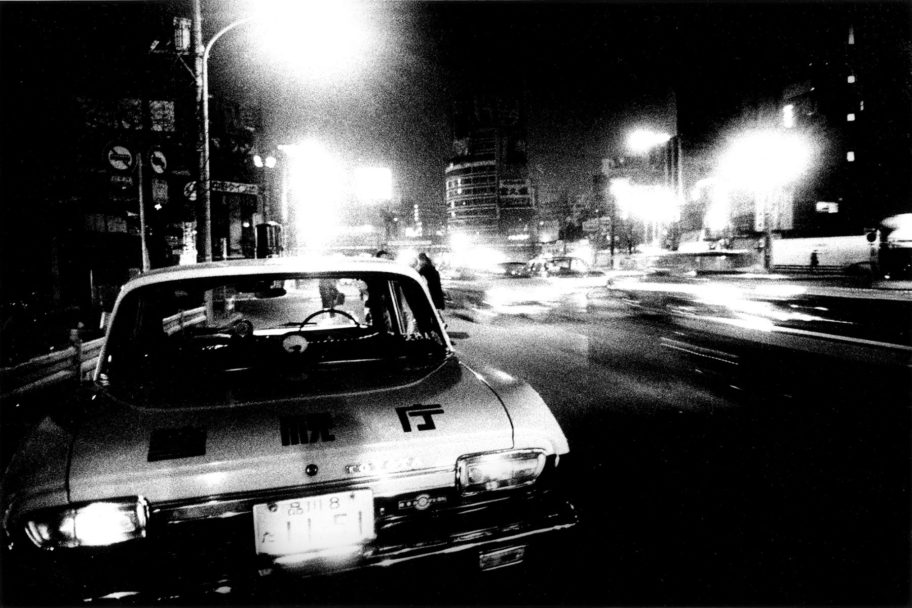
Daido Moriyama
You mentioned that you cut your teeth working with photographers in London. In what ways do you think working with photographers early on, feeds into the filmmaking that you’re doing now?
XT: For me, photography is closer in terms of work to a director than a DP – for a few reasons. First, because you have to create space for either your actor or your model, and then you create your universe where that person will feel in a certain place or way. Then, you capture that moment.
Also, when I’m editing my photo work and I need to choose 10 pictures out of 100 to tell the story. For me, it is like editing a film – choosing carefully which image mean what and not have unnecessary repetition. And sometimes, it’s not about the strongest images, it’s about which ones serve the story.
Are you reading anything at the moment?
XT: I just finished ‘Doors of Perception’ by Huxley.
- Xavier Tera
- Director
- Janie Chartier
- Producer
- Gianpaolo Lupori
- Director of Photography

